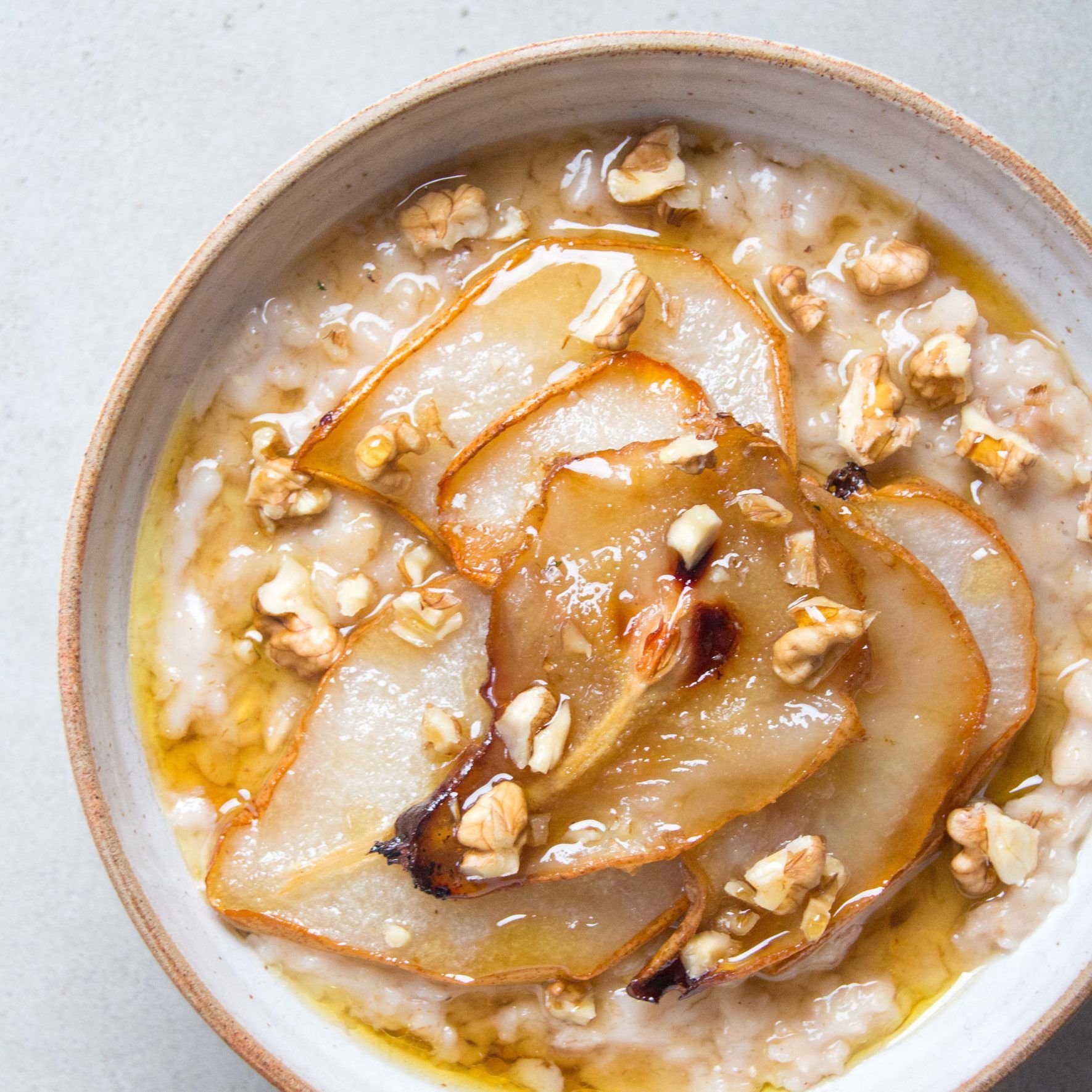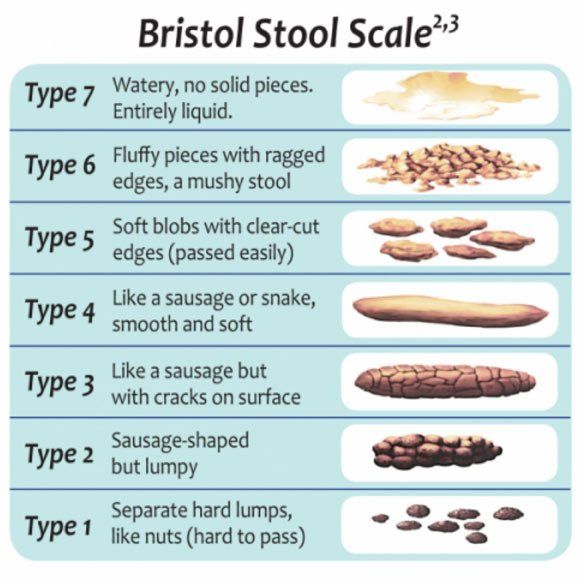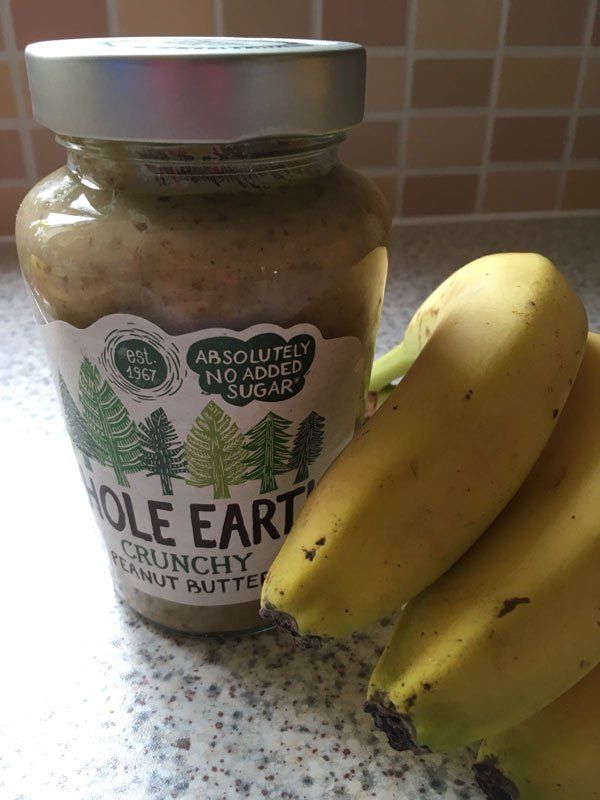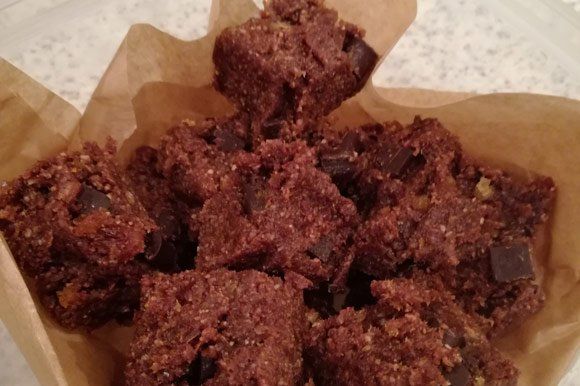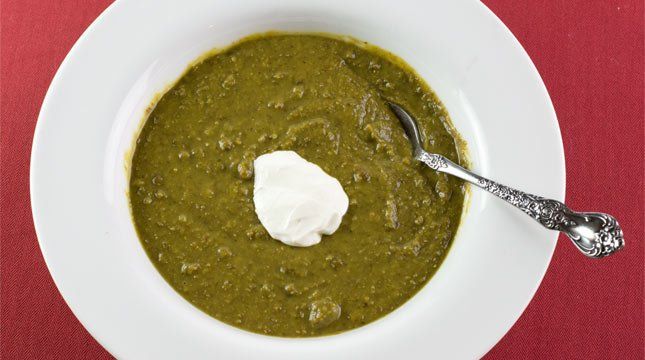The easy peasy guide to your Pelvic floor (and how to look after it)
- By Joan Palmer
- •
- 25 Jan, 2018
- •
Learn the best exercises to get maximum benefit.
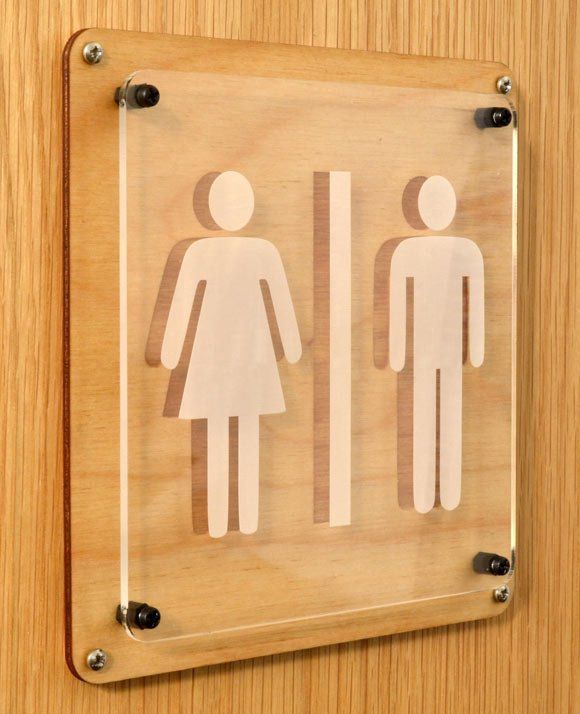
If you’re like many of the women I chat to, you fall into one of two categories: you’re unsure exactly what the pelvic floor is and why it’s so important to you, or you’re clued up on the mechanics but left wincing at the idea of keeping the area strong! Hands up who has the best intentions to do their daily exercises but often forgets?
Whichever category you fall into, this guide is going to talk you through: what your pelvic floor muscles are, why you need to look after them, and how to do it with ease:
What is the Pelvic Floor and why is it so important?
The Pelvic Floor is a band of muscles, ligaments, tissue and nerves which support the pelvic organs such as bladder, bowel, uterus and vagina. This part of the body helps these organs to function effectively – assisting in urinate and excretion, aiding in sexual performance, and helping to stabilise connecting joints. It also helps to guide your baby’s head down the birth canal during labour. And is the muscle which helps you hold in wind when you’d rather not let it out… It’s structured a bit like an internal trampoline!
Where can I find my Pelvic Floor?
If you place your hands each side under your bottom, palm side up, and sit with your fingers underneath your sitting bones – the pelvic floor muscle spans side to side in this space.
To get an idea of the distance it spans, find your pubic bone and your coccyx – it runs from front to back.
To feel the Pelvic Floor muscles in use, stop and start the flow of a wee next time you empty your bladder. This shouldn’t be a frequent way to exercise the muscle, but it is a great way to feel it at work when you’re getting to know the muscle.
What happens to the Pelvic Floor during a woman’s life?
The Pelvic Floor is often weakened by the stress of pregnancy and childbirth, but regular exercise and attention of this area can make the damage minimal. Other reasons your pelvic floor may get weaker during your lifetime may include:
Avoiding these circumstances isn’t always possible. Which is why it’s so important to exercise your pelvic floor as often as possible to keep it strong throughout your life!
What are the benefits of doing Pelvic Floor Exercises?
Pelvic Floor Exercises can help you overcome a variety of pelvic floor problems. Benefits include:
How do you do Pelvic Floor Exercises?
It’s true that pelvic floor exercises require paying attention to an intimate part of your body, but that doesn’t mean that they need to be at all embarrassing, and you don’t need to remove any items of clothing! All you need to do is focus on squeezing these important internal muscles and holding them for several seconds to help strengthen them. This can be done discreetly, anywhere and anytime.
To complete a Pelvic Floor exercise (otherwise known as a ‘Kegel’) all you need to do is:
Looking for friendly, professional support on keeping your body fit and strong without having to take out a gym membership? Mumsfit classes are specifically tailored for women who have are looking for a new lease of health, energy, and fitness in a fun atmosphere – whether you’re stuck in the post-partum haze or approaching menopause. E mail joan@mumsfit.co.uk to find out more.
What is the Pelvic Floor and why is it so important?
The Pelvic Floor is a band of muscles, ligaments, tissue and nerves which support the pelvic organs such as bladder, bowel, uterus and vagina. This part of the body helps these organs to function effectively – assisting in urinate and excretion, aiding in sexual performance, and helping to stabilise connecting joints. It also helps to guide your baby’s head down the birth canal during labour. And is the muscle which helps you hold in wind when you’d rather not let it out… It’s structured a bit like an internal trampoline!
Where can I find my Pelvic Floor?
If you place your hands each side under your bottom, palm side up, and sit with your fingers underneath your sitting bones – the pelvic floor muscle spans side to side in this space.
To get an idea of the distance it spans, find your pubic bone and your coccyx – it runs from front to back.
To feel the Pelvic Floor muscles in use, stop and start the flow of a wee next time you empty your bladder. This shouldn’t be a frequent way to exercise the muscle, but it is a great way to feel it at work when you’re getting to know the muscle.
What happens to the Pelvic Floor during a woman’s life?
The Pelvic Floor is often weakened by the stress of pregnancy and childbirth, but regular exercise and attention of this area can make the damage minimal. Other reasons your pelvic floor may get weaker during your lifetime may include:
- Straining during bowel movements
- Pushing or straining to empty the bladder
- Heavy lifting
- Carrying too much weight
- Hormonal changes during menopause
Avoiding these circumstances isn’t always possible. Which is why it’s so important to exercise your pelvic floor as often as possible to keep it strong throughout your life!
What are the benefits of doing Pelvic Floor Exercises?
Pelvic Floor Exercises can help you overcome a variety of pelvic floor problems. Benefits include:
- Strengthen bladder control (removing the urgency to urinate with exercise and strenuous activity)
- Increased sexual sensation
- Reduce pelvic prolapse problems – helping avoid the bulging feeling and discomfort linked with mild to moderate prolapse
- Improved bowel control and reduction in chronic constipation and likelihood of rectal prolapse
How do you do Pelvic Floor Exercises?
It’s true that pelvic floor exercises require paying attention to an intimate part of your body, but that doesn’t mean that they need to be at all embarrassing, and you don’t need to remove any items of clothing! All you need to do is focus on squeezing these important internal muscles and holding them for several seconds to help strengthen them. This can be done discreetly, anywhere and anytime.
To complete a Pelvic Floor exercise (otherwise known as a ‘Kegel’) all you need to do is:
- Keep breathing in and out as you squeeze your pelvic floor muscles – pull them up and in as if holding in a wee. Try to ensure you are activating the whole pelvic floor from back to front.
- Hold for 4-5 seconds to begin with, breathing in and out as normal. With practice, extend the hold to 10-15 seconds but keep breathing.
- If you’re tightening your abdomen muscles or buttocks – you’re trying too hard. Relax and focus on your pelvic floor only.
Looking for friendly, professional support on keeping your body fit and strong without having to take out a gym membership? Mumsfit classes are specifically tailored for women who have are looking for a new lease of health, energy, and fitness in a fun atmosphere – whether you’re stuck in the post-partum haze or approaching menopause. E mail joan@mumsfit.co.uk to find out more.

Lorem ipsum dolor sit amet, at eos copiosae antiopam appellantur, at suscipit quaestio pro, qui inermis delectus luptatum te. Graece mucius sit ei. Conceptam liberavisse philosophia ea has, cum dicam melius at. Inimicus argumentum in per, at probo corpora sea. Usu et velit delectus. Unum erant fuisset sit at, no discere bonorum mel.
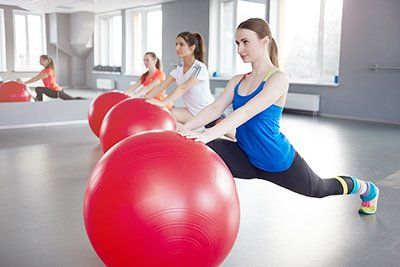
Lorem ipsum dolor sit amet, at eos copiosae antiopam appellantur, at suscipit quaestio pro, qui inermis delectus luptatum te. Graece mucius sit ei. Conceptam liberavisse philosophia ea has, cum dicam melius at. Inimicus argumentum in per, at probo corpora sea. Usu et velit delectus. Unum erant fuisset sit at, no discere bonorum mel.


